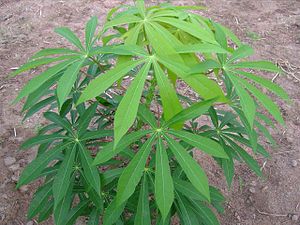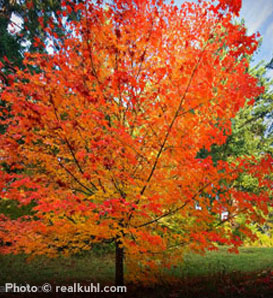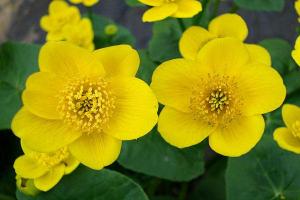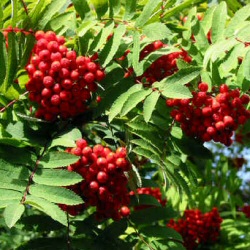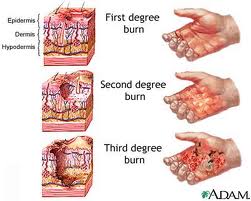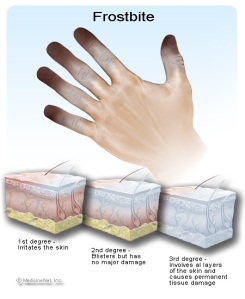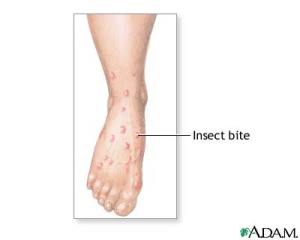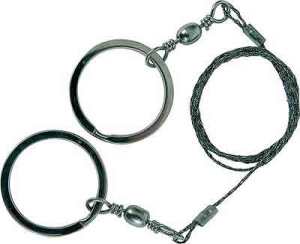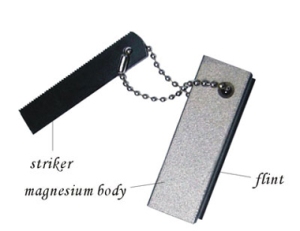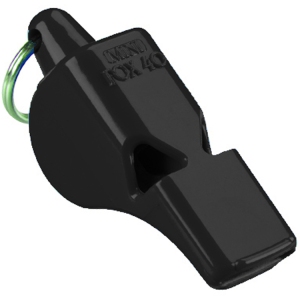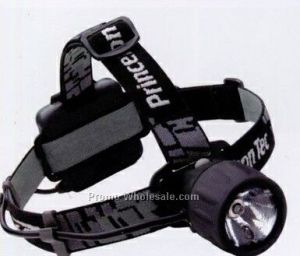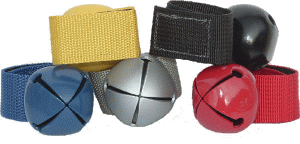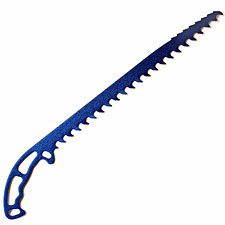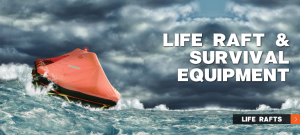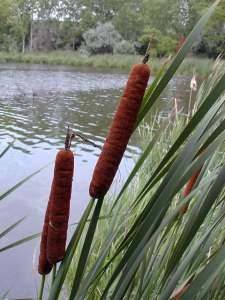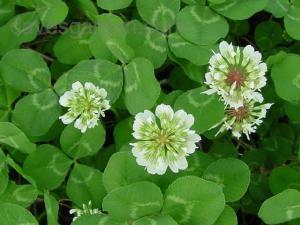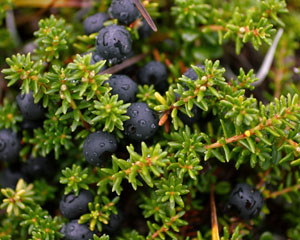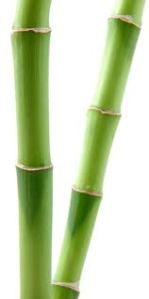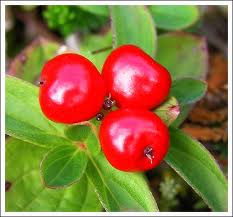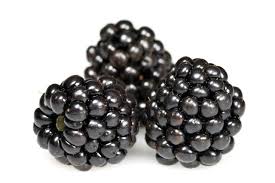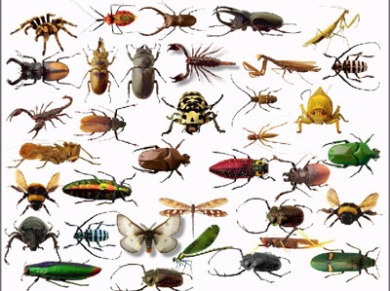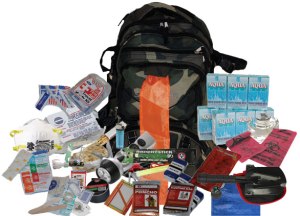
Howdy NW Tactical Family,
Today will be talking about basic survival kits. You should always have a survival kit ready to go in a closet and also if possibly one in each car you own.
There is no such thing as the perfect survival kit. The right kit will vary depending on the nature of the trip or disaster. In general, it should be simple, small, affordable, functional, and waterproof. Most of all, in the hands of someone lost in the wild, it should be as familiar as a razor or a toothbrush. Any kit prepared for use in an emergency should be field tested before it’s needed. A wire saw for cutting limbs should be field tested in your backyard, a magnesium rod should be sparked in your fireplace or on a routine camping trip even if you have plenty of matches around. Having a kit but never using it until “do or die” day is like jumping on skis for the first time and heading to a black-diamond slope(which in my case I have actually done, but not on purpose. My friends took me on a double black-diamond on my first snowboarding trip. Lets just say I ended up walking down 3/4 of the mountain do to a gear malfuntion).
Items that can serve a multitude of uses are most desirable because they conserve space and weight. Remember those two commodities are very important especially weight. You do not want to hauling around a ton of weight if you are lost and weak. The boy scouts red scarf is a great example. It can be drawn across surfaces to collect dew for drinking, soaked in a stream to cool the head, knotted to make an arm sling or ankle brace, or used as a signal flag. Also like my previous post, paracord has many different uses such as snare to catch wild animals for food, it can be used as shoe laces, it can be used to tie up food high in a tree to keep away from bears, you can pitch a tent with it, it can be used a turniquit. Items such as these are very important and take the time to figure out things that can be used for multiple purpose. Elastic Bandages can be used in splints and as part of the treatment for snakebite. A shiny space blanket can be used for creating an emergency shelter, signaling to a seach-and-rescue team, or melting snow and ice to make drinking water. Get creative and have some fun.
Crucial items such as a stout knife(read some of my earlier blog post to find a good knife for you, all the ones I have done are great for survival purposes so choose the one that you like best and fits your needs), a compass, and a whistle to attract attention should be tied to paracord and hung around your neck, or you can contact me and I will be more then happy to make you a paracord braclet that has a whistle that is part of the clasp. Its a two in one item that takes up no room in your kit and weighs next to nothing. If you are in survival situation, water and shelter likely will be your greatest needs. A kit that includes the means to purify water and provide for an emergency shelter is invaluable. Some things that you should keep in your kit are…
- First aid items, I recommend buying a simple first aid kit that comes in a small case for car kits and a bigger one for home kits
- Water purification tablets or drops such as iodine. You can also have a purification system but those are kinda bulky and space is your best friend.
- Fire-Starting equipment, magnesium rod will be the best since it will work even if wet, metal matches or wood matches, zippo lighter
- Signaling items, such as a small hand mirror, flare gun, or a folding red panel.
- shelter items, such as a tent, or hammock, or even as simple as a canvas blanket that can be drapped over some paracord to create a tent when tied down
- knife – i recommend having two knives. You will want a small knife like the ESEE Candiru for everyday tasks and simple slicing or cutting and also a survival knife such as the SOG SEAL Pup for protection or bigger tasks also the SOG SEAL Pup is extremely light and remember weight is your enemy so the lighter the better.
- Needle and thread, paracord has 7 threads inside the outer sheath that will double as thread and fishing wire
- Wrist compass
- Fish and snare lines are good to have since they are specific for that purpose but paracord can be used and will save room. I would recommend to just use paracord
- fish hooks or if you do not have them you can use a paperclip or a safety pin.
- Candle
- small hand lens
- solar blanket
- surgical blades
- water bladder or plastic bottles. Water bladders are recommended cause when empty they take up virtually no room and weigh next to nothing. Be careful not to puncture the bladder cause it will be a major lifeline.
- High calorie and protein foods such as powerbars and granola. Non-perishable items
- flashlight, hand crank radio
- glow sticks
- sleeping bag
- hand warmers, they don’t seem important but a little warmth will go a long ways in lifting your spirits and keeping you going
- Utility tools, one of those leatherman 16 in 1 tools
- waterproof folding poncho
- duct tape
- note pad and pencil
- hygeine supplies such as a bar of soap and deoderant
- Playing cards. This doesn’t seem like it will save your life but it will save your sanity. Small games go a long ways to keeping you alert and your spirits up.
- Batteries, make sure to have a few of every kind. Do not bring items that rely solely on batteries but if you do have something in the kit that requires them make sure to have backups. A good rule of thumb is to bring electronics that can be hand cranked or solar powered.
- my favorite Para-Cord atleast 50 feet, i recommend a 100 feet though.
Also I personally recommend to have a weapon of some sort available to use incase you need to protect you and your family or to hunt for food. If it is a car kit make sure you carry weapons that are legel(read your local laws regarding weapons). In a car kit have a survival/tactical knife or a gun that is safely secured in your vehicle. If you do decide to have a weapon in your vehicle spend the extra money to have it safely secured somewhere that you are the only one who knows where it is and make sure that it is locked and out of sight and reach of children. I also recommend have a weapon at home, which is a personal opinion and I understand if you do not feel comfortable having firearms in your home especially if you have children. You should always have your weapons in a safe that is locked at all times. You can also have bow and arrows or blow guns which are great weapons when used correctly but make sure to practice. Also bow and arrows can last longer then firearms and are easier to make ammo for then a gun. You can make an arrow out of sticks and you can buy arrow tips for really cheap.
You do not need every single item I listed above but make sure to have most of them. If its a car kit then you can pair down to the essentials. If it is a home kit then have as much stuff as possible and remember to have plenty of clean drinking water. It is recommended to have one gallon per person a day. So plan accordingly and have about a weeks supply of fresh water, and canned non-perishable foods that are high in calories and protein. All the items should be put in a bag or backpack of some kind, even if its a home kit just incase you need to leave the safety of your home. All bags and backpacks should be easy to carry and most important be waterproof and fire resistant if possible.
So in conclusion remember light and small is better, and do not have items that do the same function. If you have paracord then do not bring rope, if you have metal matches do not bring wood matches, and most of all when you are putting the kit together get creative and have some fun. Even though you will use this kit when the shit hits the fan doesn’t mean you can’t have fun putting it together, and if you have a family make sure everyone is involved in putting it together and testing the equipment so that they will know how to use it incase you are not there to do it for them. Also last but defiinitely not least make sure to have a list of everything that is in the bag/kit incase you don’t use it for a long time. Also try not to borrow things out of the kit, because most of the time it doesn’t get replaced and you will be kicking yourself when push comes to shove and you don’t have something that you need.
Thanks again for joining me, please leave comments, or if you like this please share using the buttons below. Also make sure to click on the follow button so you don’t miss out on great survival/tactical tips and reviews on gear.

